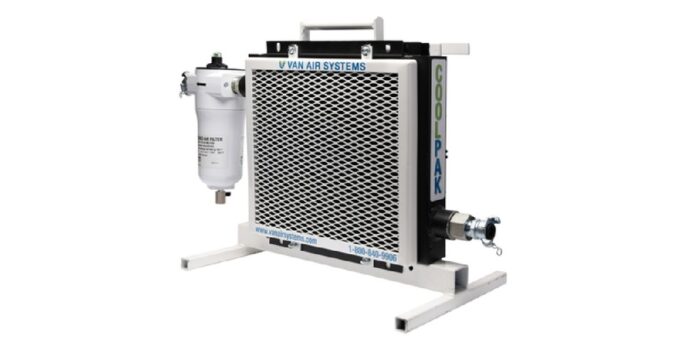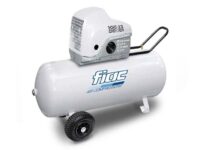Personnel safety is never optional in a laboratory setting. When scientists, technicians, and engineers are routinely exposed to compressed air environments—especially in high-risk research or chemical processes—having a reliable breathing air system in place isn’t just a precaution. It’s an operational requirement.
Laboratories that use compressed air must address more than just functionality. They must ensure that the air provided for breathing is free of contaminants and safe for extended use. And that’s where a breathing air system proves indispensable.
The Hidden Risk of Oxygen Deficiency
One of the most serious hazards in labs using pressurized gas or chemical processes is oxygen displacement. In enclosed environments, even a small leak can reduce oxygen levels to dangerous thresholds without being detected by smell or sight. Oxygen deficiency can impair cognitive function, cause dizziness, or lead to unconsciousness—all before personnel realize something is wrong.
A high-quality breathing air system with integrated monitoring and filtration protects staff from these unseen dangers by ensuring a consistent flow of breathable, contaminant-free air. Whether you’re conducting experiments in an inert atmosphere or using gas cylinders for reactions, the risk of displacement must always be addressed.
Supporting Experimental and Process Accuracy
Contaminated or improperly filtered air does more than put staff at risk—it also jeopardizes the accuracy of lab work. Even trace amounts of oil vapor, carbon monoxide, or particulate matter can introduce unwanted variables into experiments or affect sensitive equipment calibration.
A dependable breathing air system contributes to experimental integrity. It separates the air used in processes from the air intended for breathing, ensuring neither environment compromises the other. For researchers working in pharmacology, biotechnology, or materials testing, this separation plays a critical role in maintaining reproducibility and eliminating background interference.
Meeting Regulatory Compliance Standards
OSHA (Occupational Safety and Health Administration), ANSI (American National Standards Institute), and other governing bodies have strict regulations for the use of compressed air in occupied workspaces. Breathing air used in laboratories must meet specific purity standards, and failure to comply can lead to penalties—or worse, accidents that could have been avoided.
Proper breathing air systems are designed to meet these standards. They typically include continuous CO monitoring, alarms for oxygen levels, and filter maintenance protocols that align with industry regulations. It’s not just about compliance—it’s about building a culture of accountability and safety in every lab setting.
Why Multi-Stage Filtration is Non-Negotiable
A laboratory-grade breathing air system incorporates a multi-stage filtration process to remove various contaminants at each stage:
- Particulate filtration: Removes dust, rust, and solid matter.
- Coalescing filters: Eliminate oil aerosols and water vapor.
- Activated carbon filters: Capture hydrocarbons and odors.
- Final bacterial filter: Ensures microbial cleanliness in breathing zones.
This stepwise design ensures that no single point of failure compromises the system. It’s especially important in high-stakes environments such as pharmaceutical labs or cleanrooms, where even microscopic pollutants can have consequences.
To learn more about designing or upgrading your lab’s air systems, visit Air & Vacuum Process Inc. online. Their team offers expert insight and proven solutions for laboratory-grade air safety.





